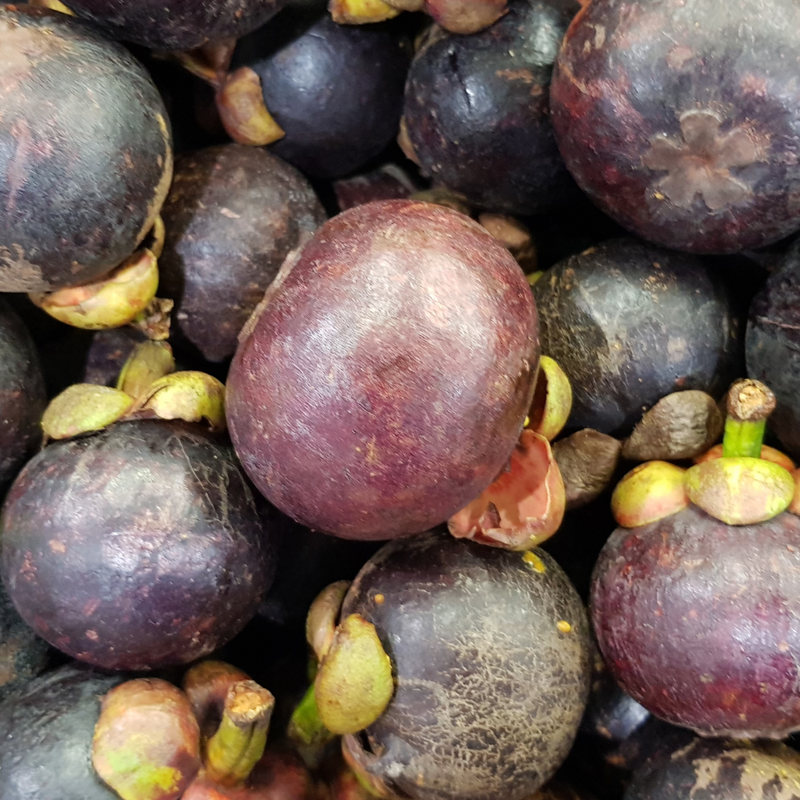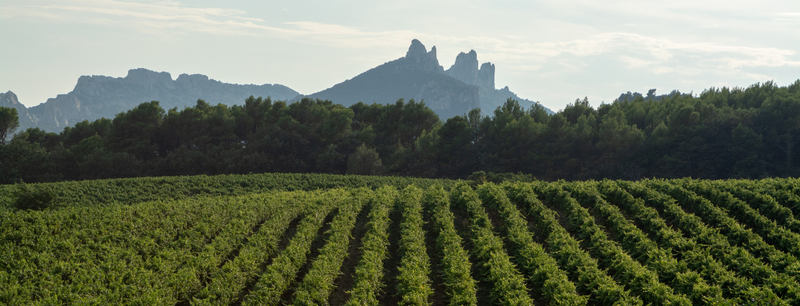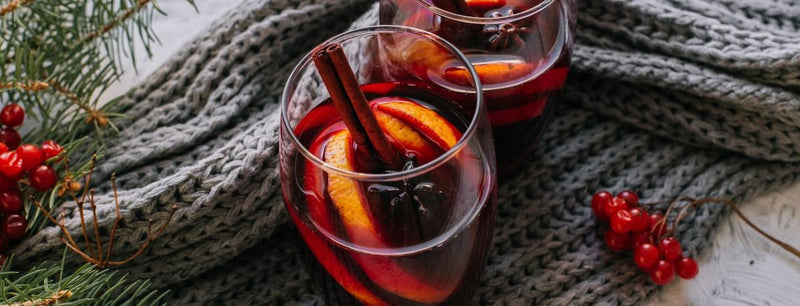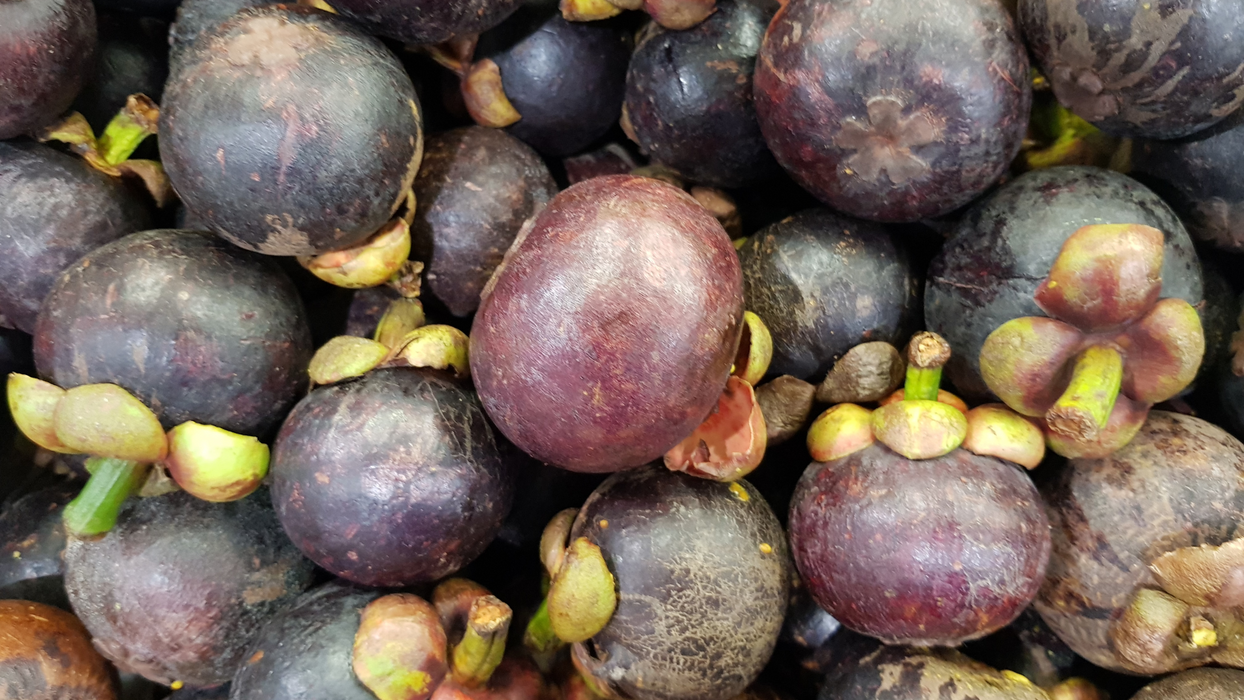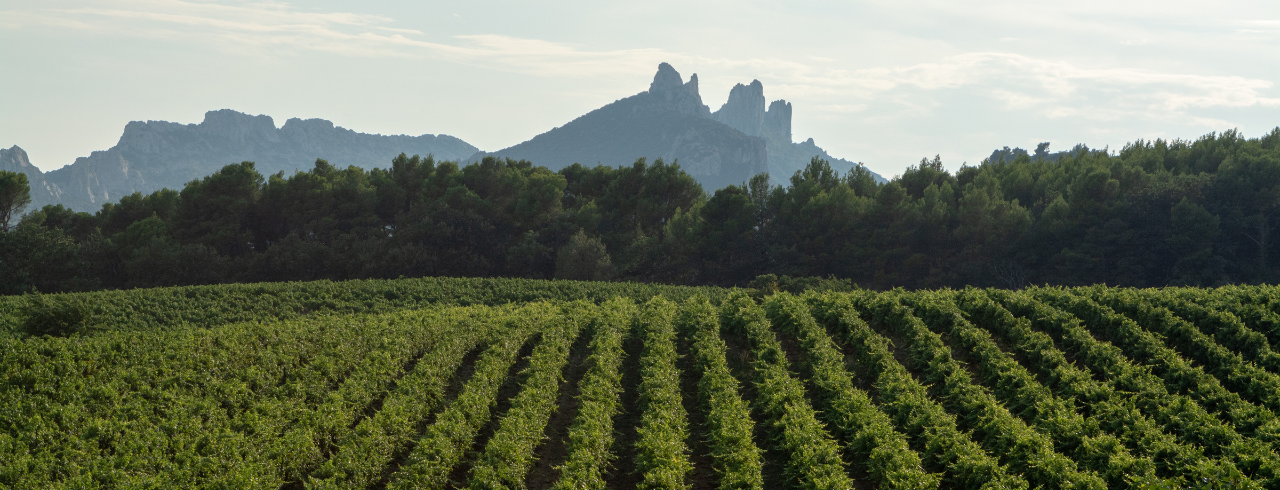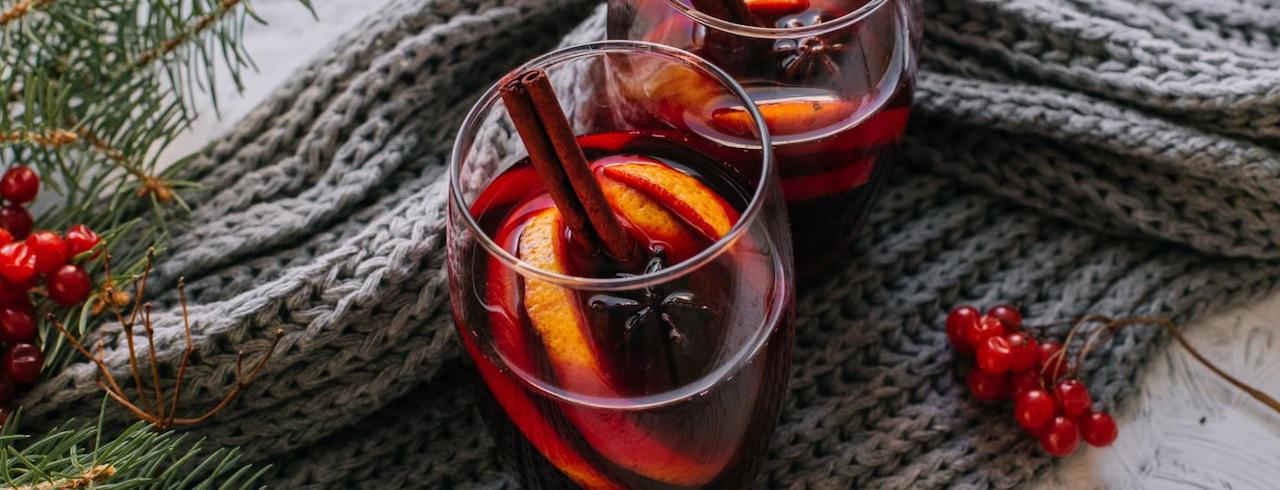
A Comprehensive Marsala Wine Guide
This fortified Italian wine is delicious whether sipped on its own or served alongside your favorite Italian dishes.
Marsala wine is grown and bottled near the Sicilian city of — you guessed it — Marsala and has been a popular shipping wine since the late 1700s due to its strong fortification, giving it extra hardiness.
Read on to learn everything there is to know about this fortified wine and why you should seek out a bottle or two of Marsala for your growing collection.
What Makes Marsala “Marsala?”
It takes a special wine to earn the title of “Marsala.” Much like Champagne and Prosecco, the term is protected.
The European Union designates all true Marsala wines with a Protected Designation of Origin (PDO) label to protect the Marsala region’s unique connection to this type of fortified wine.
If you aren’t quite sure what the term “fortified wine” means, it designates a wine supplemented with a spirit.
Marsala wine, for instance, is fortified with brandy, infusing it with an ABV closer to 15 or 20% rather than the 12-14% ABV that most drinking wines fall under. That is why Marsala glasses are a bit smaller than red or white wine drinking glasses.
This fortified wine is most popular for its immense cooking potential in dishes like Caprese salad and the classic Chicken Marsala, though it’s certainly no slouch in the sipping department.
If you were wondering, “what is a good substitute for Marsala wine?” the answer is 100% a bottle of Madeira wine.
This fortified wine originating from the Madeira Islands is made in a very similar process to Marsala and pairs beautifully with several savory dishes, making it the perfect replacement when you’re lacking a bottle of Marsala cooking wine.
How Is Marsala Wine Made?
The key difference in making Marsala wine compared to other types of wine lies in the fortification process.
After the fermentation process has fully run its course, the winemaker mixes the wine with a bit of brandy to give Marsala wine its unique character. The time period before finishing that process greatly determines the ultimate flavors and sweetness of the resulting Marsala wine.
To create a dry Marsala wine, the winemaker will allow the full fermentation process to occur, allowing the yeast to convert all sugars into alcohol and creating a quite dry and crisp Marsala.
If, on the other hand, the winemaker wants to create a sweet Marsala, all they need to do is stop the fermentation process early, leaving many grams of residual sugar from the grape juice in the bottle and creating a deliciously sweet fortified wine.
The first steps in any wine-making process are the collection and crushing of the grapes. Once this is done, the fermentation process can commence.
When making Marsala wine, the fermentation process will be interrupted for the purpose of fortifying. The timing of this interruption will depend on whether the winemaker wants a sweet or dry Marsala wine.
A sweeter wine will, of course, retain higher quantities of residual sugar. This is achieved by fortifying the wine before the fermentation process has run its full course. This means that if the spirit is added for fortification after the fermentation process, a dry Marsala wine will be produced.
The Levels of Sweetness in Marsala Wine
Marsala is often classified according to its sweetness. While many assume fortified wine must be sugary as a given, this certainly isn’t the case with Marsala.
Here’s a quick rundown of the spectrum of sweetness within the world of Marsala wines:
- Secco — This type of Marsala is the dryest out there, containing a maximum of 40 grams of residual sugar per liter or less than 4 grams of sugar in a 100mL glass.
- Semi-Secco — This is an off-dry or semi-sweet Marsala, meaning it contains anywhere between 4 and 10 grams of sugar in a 100mL serving glass.
- Dolce — Translating to sweet in Italian, it’s no secret that a dolce Marsala is going to satisfy your sweet tooth, containing over 10 grams of sugar in a 100mL serving, around the same as a can of coke.
Can You Drink Marsala Wine?
If you were wondering, “Is Marsala wine good to drink?” the answer is a resounding yes! This cooking wine doubles as a fantastic drinking wine with a unique flavor profile that is sure to please.
Most glasses of this fortified wine teem with powerful autumn aromas of brown sugar and pickled apricot. Some Marsalas even render a caramel glaze flavor on the palate along with undertones of smoked vanilla.
How To Serve Marsala Wine
If you’re cooking with Marsala wine, use a semi-sec or dolce Marsala for lighter meat dishes such as chicken breast or even pork chops.
Opt for a dry, secco Marsala if you’re hoping to mirror the taste of caramelization, making it a great option for heavier, meatier dishes like veal, turkey, beef, and portobello-based entrées.
By the way, if you were wondering, “does marsala wine have alcohol?”, it usually has an alcohol content of around 15-20% as it’s fortified with brandy. However, during the cooking process, most of the alcohol is cooked away.
If you’re sipping a dry Marsala wine, chill it to around 15° C. This allows the more subtle licorice flavors to emerge without being overpowered by the sweetness. If you’re sipping on a sweeter Marsala, serve it around room temperature.
Of course, never underestimate the impact of serving your wine in the correct glass. If you don’t have a Marsala glass on hand, use a glass slightly smaller and narrower than your typical white wine glass. This will coax the more subtle flavors out without allowing the fragrant fruity flavors to dominate.
Discover Marsala and More with Wine Insiders
Marsala wine is much more than a run-of-the-mill cooking wine. It’s a uniquely versatile Italian fortified wine that is as excellent for sipping as it is for serving up some of your favorite Italian dishes like Caprese salad and mushroom risotto.
Each glass of this fortified wine brims with autumn flavors of smoky vanilla and toasty hazelnut, making it the perfect surprise for a quiet night-in cooking up a classic family recipe.
Finally, if you were wondering where to buy Marsala wine and others like it, look no further than right here! Browse our growing catalog of Italian wines as well as those from all over the Mediterranean like our vintage French and bold Spanish wines.
While you're waiting for your order to arrive, be sure to read through our blog to learn all about Italian wine and the top tips and tricks to getting the most from every glass.
